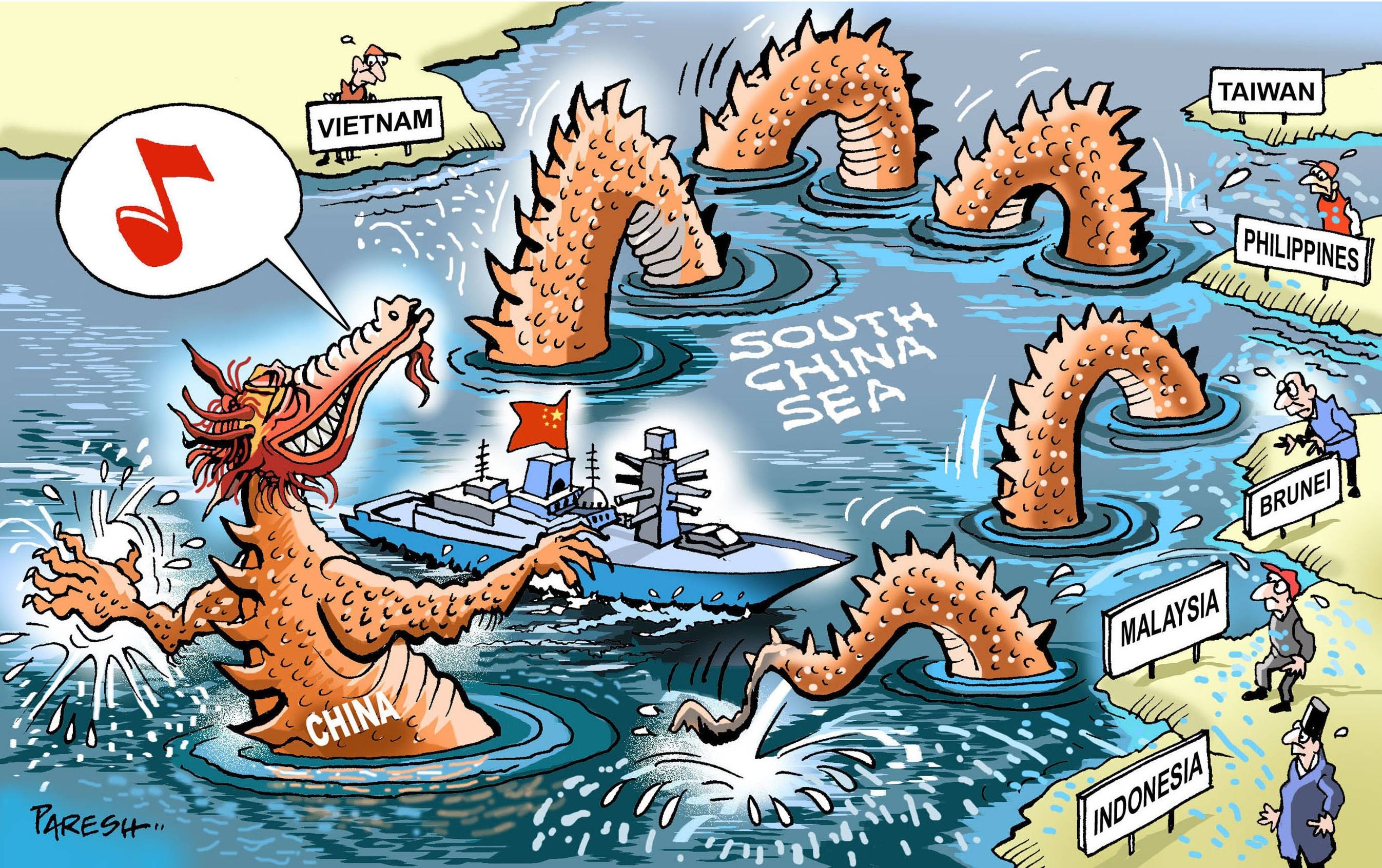China’s expansionism drive, from the East and South China seas to the Himalayas and Central Asia, is making Asia more volatile and unstable. Along with the spread of the Wuhan-originating new coronavirus, this has also given rise to growing anti-China sentiment.
China’s recent border aggression against India dovetails with a broader strategy of territorial aggrandizement that it has pursued in the period since its disastrous 1979 invasion of Vietnam. That strategy, centered on winning without fighting, has driven its bulletless aggressions, from seizing Johnson Reef in 1988 and Mischief Reef in 1995 to occupying the Scarborough Shoal in 2012. And since launching major land reclamation in 2013, China has changed the South China Sea’s geopolitical map without firing a shot.
However, China’s aggression in the northern Indian region of Ladakh — a high-altitude, largely Buddhist territory where the People’s Liberation Army (PLA) has occupied several vantage points — differs from its previous territorial grabs since the 1980s in one key aspect. China went beyond its usual practice of occupying vacant border spaces by snatching territories from right under another country’s nose.



